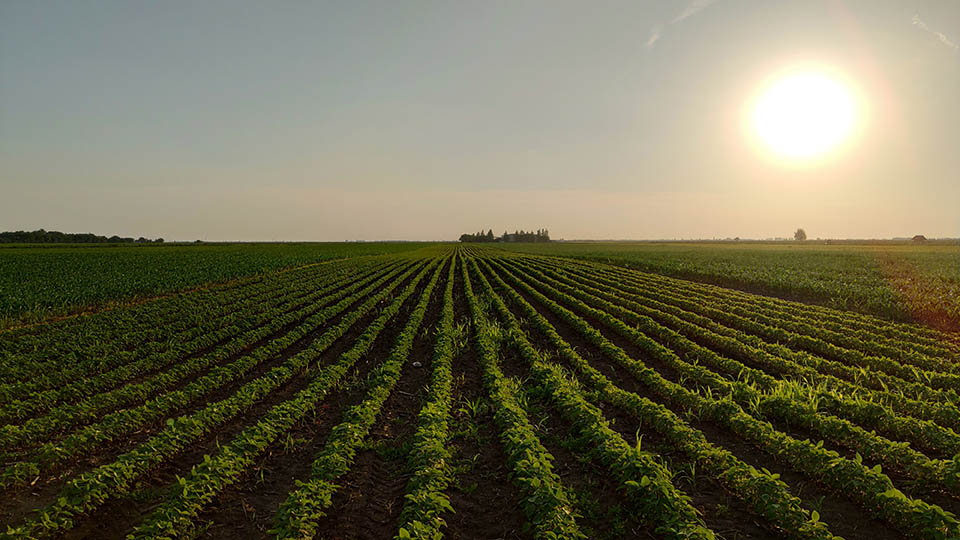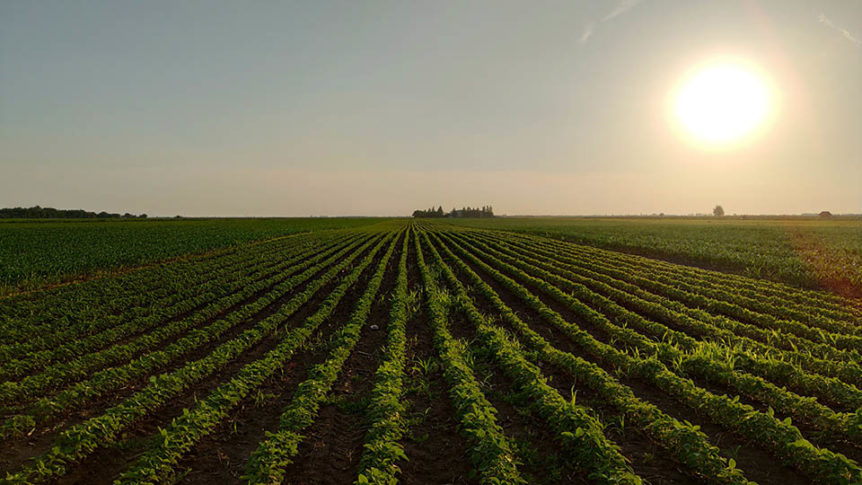
By Frank Giles
Last year, AgNet Media took over hosting responsibilities for the Florida Citrus Show in Fort Pierce. With that change, the event moved to the neighboring facilities of the University of Florida Institute of Food and Agricultural Sciences (UF/IFAS) Indian River Research and Education Center and the U.S. Department of Agriculture (USDA) Agricultural Research Service U.S. Horticultural Research Laboratory. This year’s show was a success; read more here.
I had the opportunity to moderate the general educational session. The presentations touched on some key topics of importance to growers.
Farm Bill Update
Mike Joyner, president of the Florida Fruit & Vegetable Association (FFVA), provided an update on current farm bill negotiations. He noted that while the farm bill has been historically dominated by row crops and feeding programs like the Supplemental Nutrition Assistance Program, specialty crops have sought more representation in recent farm bills, including the new one being negotiated now.
The 2018 farm bill came in with a price tag of $867 billion. The new farm bill is expected to cost $1.5 trillion, marking the first trillion-dollar farm bill in history.
Joyner said nutrition programs account for about 77% of that spending. Fruit and vegetable crops only account for 5% of the spending. With U.S. government nutrition guidelines suggesting that fruits and vegetables make up 50% of our diets, and half of U.S. farm gate value coming from these crops, Joyner said representation of fruits and vegetables should be higher and carry a sense of urgency in the new farm bill.
Funding of research programs is a key priority, noted Joyner. The Specialty Crop Research Initiative, Specialty Crop Block Grant program and the IR-4 Project are among those being targeted. Reform of crop insurance and disaster relief programs are other key farm bill policy areas.
Saving Farmland
Sue Mullins, director of the Florida Department of Agriculture and Consumer Services Rural and Family Lands Protection Program, spoke about efforts to preserve farmland in the state. With so many people moving to Florida, there has been a great deal of pressure from urban development.
“We are losing in the real estate battle. We are losing so many working farms, ranches and timberlands in far-flung places you would have never thought of before,” Mullins said. “While this development is good for some parts of our economy, it does spell trouble for our food and national security.”
That’s why programs like the one she directs are so important. The Rural and Family Lands Protection Program is designed to safeguard important lands through the acquisition of permanent agricultural land conservation easements.
Mullins said the program has been a priority of Florida Agriculture Commissioner Wilton Simpson. With funds secured since he came to office, the program has conserved 105,000 acres with another 35,000 acres expected to close this year. Applications for another 273,000 acres have been submitted.
Mullins got a lot of questions from attendees after her presentation, which underscores how important this issue is to Florida growers.
Endangered Species or Farms?
The general session was capped off by a joint presentation by Mike Aerts, FFVA vice president of science and regulatory affairs, and Brett Bultemeier, UF/IFAS assistant professor of weed science. They provided an update on how the Endangered Species Act (ESA) will be impacting the registration and use of pesticides in the near future.
The Environmental Protection Agency is creating new frameworks to consider the ESA more strictly in the allowances and applications of pesticides. This will directly impact growers in the Southeast.
This is a big deal, and growers need to learn more about this and engage in the process because rules are being made now that might restrict the use of important crop protection tools. Stay tuned for updates as new developments unfold.










